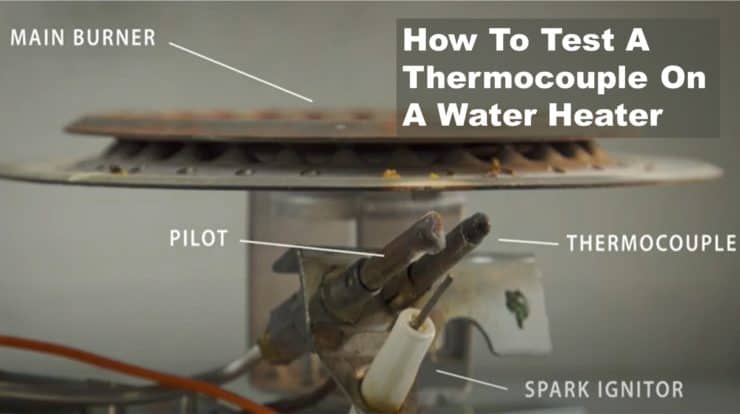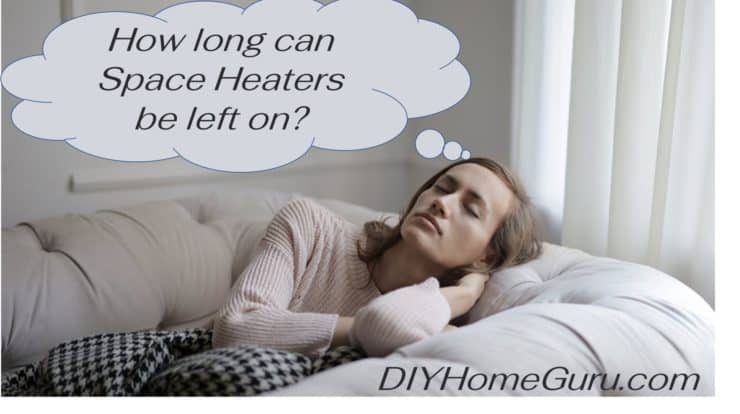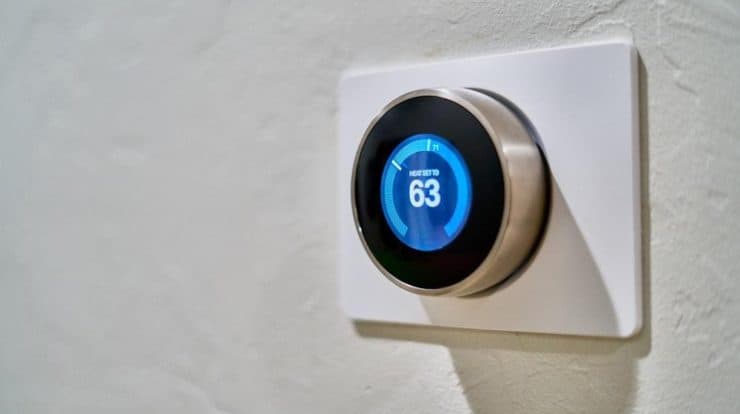I was thinking about passive stack ventilation the other day thinking that it would be great to have a constant flow of fresh air passing through the home.
In a previous article, we mentioned how humidity can build up in certain rooms in the house, kitchen and bathrooms to be exact. The built-up is worst in the bathroom while you are having a shower.
If that air does not leave the home quickly through a window or by another means mold spores could take a foothold and start to grow.
Something we do not want.
You can read our article titled how to get rid of mold to understand the effect of mold on your health and what to do to kill black mold. One of the ways to prevent mold in your home is to have adequate ventilation.
Back to the story, while thinking about the mold problem I started to think about passive stack ventilation.
What is Passive Stack Ventilation?
Passive stack ventilation is a method of using natural principles to create negative pressure within a space to enable the transfer of air. It forces out stale humid air and replaces it with fresh air through natural convection.
Passive stack ventilation is quite good because you get fresh air without using of any mechanical forces but instead by allowing mother nature to help us.
If we implement this system, imagine fresh air circulating in our home every day and every night without the big electrical bill. Who else loves free.
How does passive stack ventilation work?
Passive stack ventilation uses a combination of two natural principles to circulate the air in a room, the venturi effect and natural convection.
With the venturi effect, the air flowing over the roof creates a negative pressure that pulls stale air upwards and through the ducting system that exits the home through the roof.
On the other hand, the convection process forces warm moist stale air upwards through the duct system releasing it outside and at the same time pulling fresh cold air lower down from below doors or through lower windows.
The ducts in the room should start in the problem rooms like the kitchen and bathroom. These rooms have the highest moisture content and are more at risk for mold growth.
Passive stack ventilation works without electric fans or control. It is a passive system and therefore the most energy-efficient.
Problems with Passive stack ventilation
The main problem I find with passive stack ventilation is the fact that it is difficult to control the airflow.
The amount of ventilation is dependent on the movement of air outside plus the outdoor air temperature. It is therefore easy for the house to be overventilated or under-ventilated.
However, you can install humidity-controlled dampers to prevent overventilation. These dampers use no electrical power.
A Passive Stack Ventilation system needs to be designed in a way to allow the free movement of moist air to flow along with the ducting.
That means that you do not want the duct to have any sharp bends but instead to be as vertical as possible. Again, you want the air to flow unimpeded.
This system is lovely to have but it would be expensive to retrofit on an old property. Only use passive stack ventilation if you are doing a major renovation. PSV is more useful on a new build.
The roof ridge vents stale air outside and for the system to work properly you need trickle vents in your double or triple glazed window units to allow fresh in the building to replace the stale air.
How can Passive Stack Ventilation (PSV) be improved?
Why not adapt the intelligent passive ventilation system or the passive stack ventilation system with heat recovery? Both are awesome choices.
Intelligent Passive Stack Ventilation
It is possible to use the Intelligent Passive Stack Ventilation (iPSV) system. The iPSV is the same as the PSV with one key difference, it has a humidity sensing vent in the inlet and extracts to detect humidity.
When humidity is detected in the vents open and increase airflow and when the humidity level falls it closes thus restricting ventilation automatically.
The intelligent passive stack ventilation works in conjunction with the trickle vents and therefore doesn’t need any electricity to operate.
Even though it does not use electric power it is still quite smart. It uses nylon filaments within the vents that expand and contract relative to the level of humidity detected.
You will have one of these vents in each room or the key problem areas.
If humidity is detected in one room the vents will open and increase the airflow in that room.
I like the intelligence in the intelligent passive stack ventilation system because it automatically regulates the ventilation of the rooms and uses no power.
Passive stack ventilation system with heat recovery
Another possible system is the passive stack ventilation system with heat recovery.
They found a way to manipulate the natural process of hot air rising and cold air falling to create an intelligent heat recovery system that does not need electric power to warm the air before it reaches the rooms.
Ventive is a company in the UK that designs and manufactures the most innovative passive ventilation systems that ventilate the home passively without power.
It uses a heat exchanger. I am sure it can be adapted for your own project. You can click the link here to watch a video about their passive stack ventilation system.
Video
Here is a lovely video that explains the types of ventilation.
Conclusion
Passive stack ventilation is great for homeowners. Image a good level of ventilation in your home without it costing you on the monthly light bill.
That is what this passive stack ventilation system offers you. With this system, you will get rid of any massive mold problem. It is a great way How to Keep House Cool Without AC for hot weather




